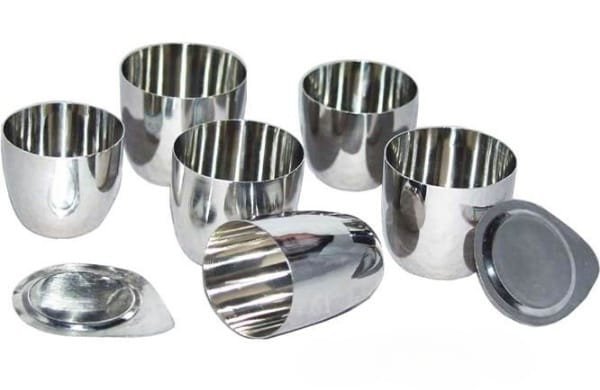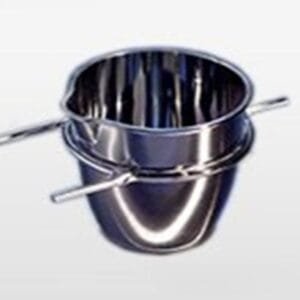Overview of Volatile Matter Platinum Crucible
Volatile matter platinum crucibles are essential in laboratory settings due to their remarkable properties, such as resistance to chemical reactions, a high melting point, and durability under extreme temperatures. These crucibles are highly valued for their ductility, corrosion resistance, and oxidation protection, making them reliable tools in demanding environments. Crafted from 99.95% pure platinum and platinum alloys, our crucibles feature thicker bases and lighter walls to withstand harsh conditions and extended use.

Key Features of Volatile Matter Platinum Crucibles
- Material Composition: Made from 99.95% pure platinum, with available platinum alloy variations including PtAu5 (95% platinum, 5% gold), PtIr5 (95% platinum, 5% iridium), and PtRh5 (95% platinum, 5% rhodium).
- Durability: Designed with a thicker base and lighter walls, enhancing both stability and longevity under high stress.
- Thermal Resistance: Capable of maintaining structural integrity at extreme temperatures.
- Corrosion & Oxidation Resistance: Perfect for environments requiring high durability against chemical reactions and environmental degradation.
Available Specifications for Volatile Matter Crucibles
We offer a variety of sizes, from 10 ml to 50 ml, with options for customization based on specific needs. Below are the details of our standard product range:
| Code | Capacity (ml) | B (mm) | A1 (mm) | Standard Weight (g) | Flanged Lid Weight (g) |
|---|---|---|---|---|---|
| PT9401 | 10 | 28 | 25 | 7 | 6 |
| PT9402 | 15 | 31 | 31 | 11 | 8 |
| PT9403 | 20 | 35 | 33 | 15 | 9 |
| PT9404 | 25 | 35 | 36 | 19 | 10 |
| PT9405 | 30 | 36 | 40 | 22 | 11 |
| PT9406 | 40 | 42 | 42 | 30 | 13 |
| PT9407 | 50 | 44 | 45 | 38 | 14 |

We also accommodate custom orders tailored to specific laboratory requirements.
Packaging and Quality Control
To ensure product integrity, each volatile matter platinum crucible is carefully labeled and packaged to prevent damage during transport and storage. Our rigorous labeling process guarantees accurate identification, facilitating smooth quality control procedures.
Our crucibles offer a reliable, durable solution for laboratories requiring high-quality equipment capable of withstanding extreme conditions.





Reviews
There are no reviews yet.